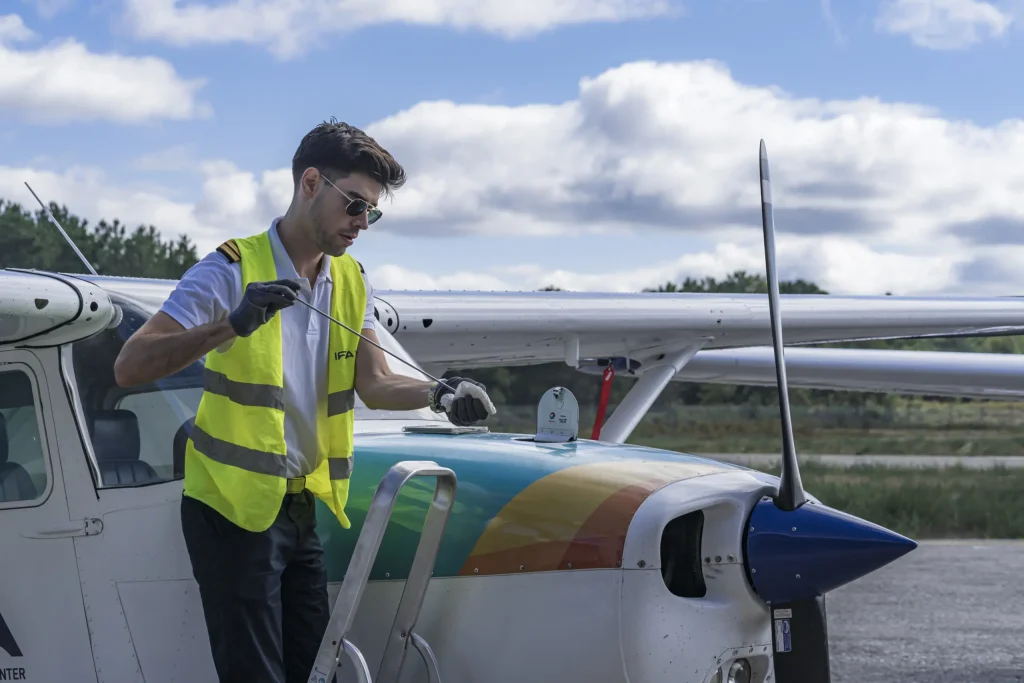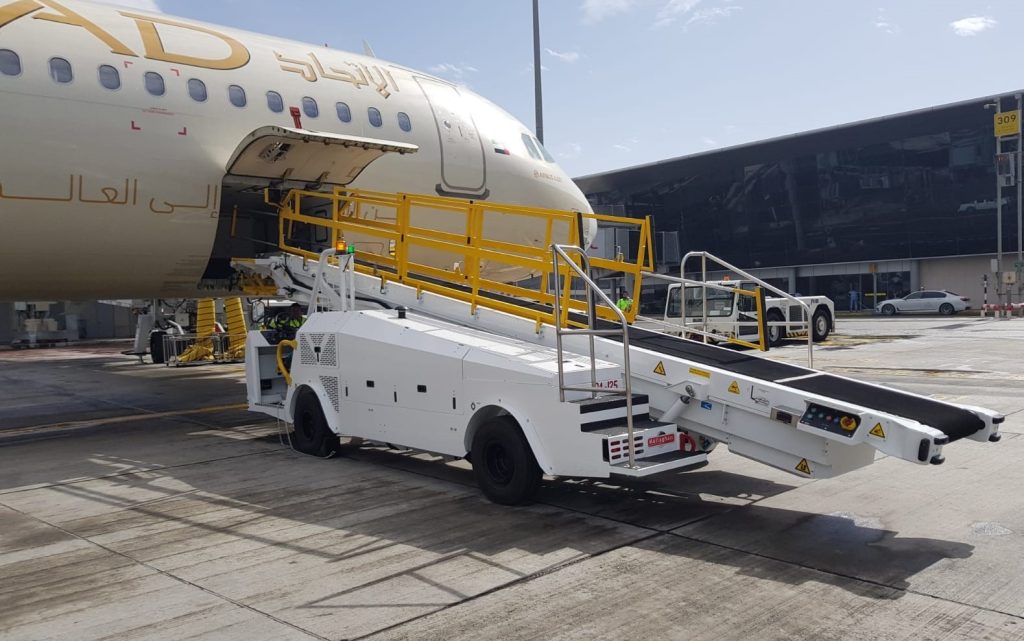Ever wondered what happens behind the scenes before you board your flight? There’s a lot more going on than just loading luggage and getting passengers seated. Airlines follow a strict set of procedures to ensure each plane is safe, efficient, and ready to soar through the skies.
Pre-Flight Inspection

One of the first things that happens once the plane lands is a thorough inspection by the ground crew. Think of this as a safety check that no detail is too small for. The crew checks various parts of the aircraft, from the wheels to the wings, ensuring that everything is in top condition. While the exterior might look like it’s ready to go, there are hidden components that need to be examined.
For example, the crew checks the hydraulic systems. Hydraulic fluid, specifically Skydrol hydraulic fluid, is essential to operating the plane’s brakes, flaps, and landing gear. The fluid needs to be at optimal levels, and any signs of leaks or issues are addressed before the plane can be cleared for flight. Without it, the aircraft wouldn’t be able to function properly during critical moments like landing.
Cleaning the Aircraft
It might not be the most glamorous task, but a clean plane is a must for passenger comfort. Cleaning crews get to work tidying up everything from the seats to the overhead bins. Trash is removed, seats are wiped down, and the bathrooms are given a once-over.
The cleaning isn’t just about aesthetics. A clean environment also means a more hygienic one, especially considering the high number of people passing through the cabin every day. This part of the prep ensures that the next group of passengers boards a tidy, fresh aircraft.
Fueling the Plane
You might not think about fuel when you’re sitting in your seat, but it’s obviously critical. The fueling process takes into account the weight of the aircraft, the distance of the flight, and even the weather conditions along the route. Airlines have sophisticated systems to calculate exactly how much fuel is needed for each flight.
Over or under-fueling can lead to problems, so the ground crew meticulously checks the fuel tanks to make sure they’re topped off just right. It’s not as simple as just “filling up the tank”—this is a carefully managed process, ensuring that the plane has enough fuel to reach its destination safely, with reserves for emergencies.
Loading Baggage and Cargo

Behind the scenes, crews are loading your luggage and any cargo that’s being transported. The plane’s weight and balance are carefully calculated, so loading isn’t done haphazardly. Heavy items need to be distributed evenly across the aircraft to ensure safe takeoff and flight.
Not only is the weight distribution important, but so is securing the cargo. Everything in the hold is tied down and positioned to prevent shifting during the flight. A shift in weight mid-air could impact how the plane handles, so this step is as crucial as any other part of the preparation.
Passenger Boarding
Finally, the part you’re most familiar with—boarding the plane. But even this is a carefully coordinated effort. Airlines assign boarding groups not just for convenience, but also for efficiency. Getting passengers onto the plane in a specific order helps reduce the time it takes to get everyone seated and settled.
Flight attendants have already performed a safety check in the cabin before passengers board. Emergency exits are verified, safety equipment is checked, and the overhead bins are prepared for your carry-ons. By the time you step on the plane, most of the cabin is ready to go.
Systems Checks and Final Preparations
While passengers are boarding, the pilots and crew are busy performing final systems checks. The cockpit crew goes through a checklist that covers everything from flight instruments to communication systems. They confirm the flight plan, check the weather conditions, and ensure that all systems are working properly before takeoff.
Ground engineers might also be involved in last-minute checks, making sure that systems like the navigation and hydraulics are fully functional. It’s a collaborative process between ground staff, pilots, and engineers to ensure that everything is in place for a safe journey.
Air Traffic Control Coordination
Before the plane leaves the gate, there’s one more step that often goes unnoticed—communication with air traffic control (ATC). ATC gives the flight crew the green light for pushback, taxiing, and eventual takeoff. Without this coordination, planes couldn’t safely navigate around a busy airport.
Air traffic controllers manage the flow of aircraft on the ground and in the air, ensuring that each flight has a clear path. Pilots rely on these instructions to know when they can move to the runway and when it’s their turn to take off.
The Big Picture
All these steps work together to create a seamless flying experience. Whether it’s inspecting the landing gear, making sure the hydraulic systems are topped up with skydrol fluid, or coordinating with air traffic control, getting a plane ready for flight is a complex process. But every detail matters—because when you’re 30,000 feet in the air, safety and efficiency are the top priorities.
So, the next time you board a plane, you’ll know just how much effort has gone into making sure your flight is ready to go. From the ground crew to the flight attendants and pilots, there’s an entire team working together to ensure your journey is smooth, safe, and as comfortable as possible.





